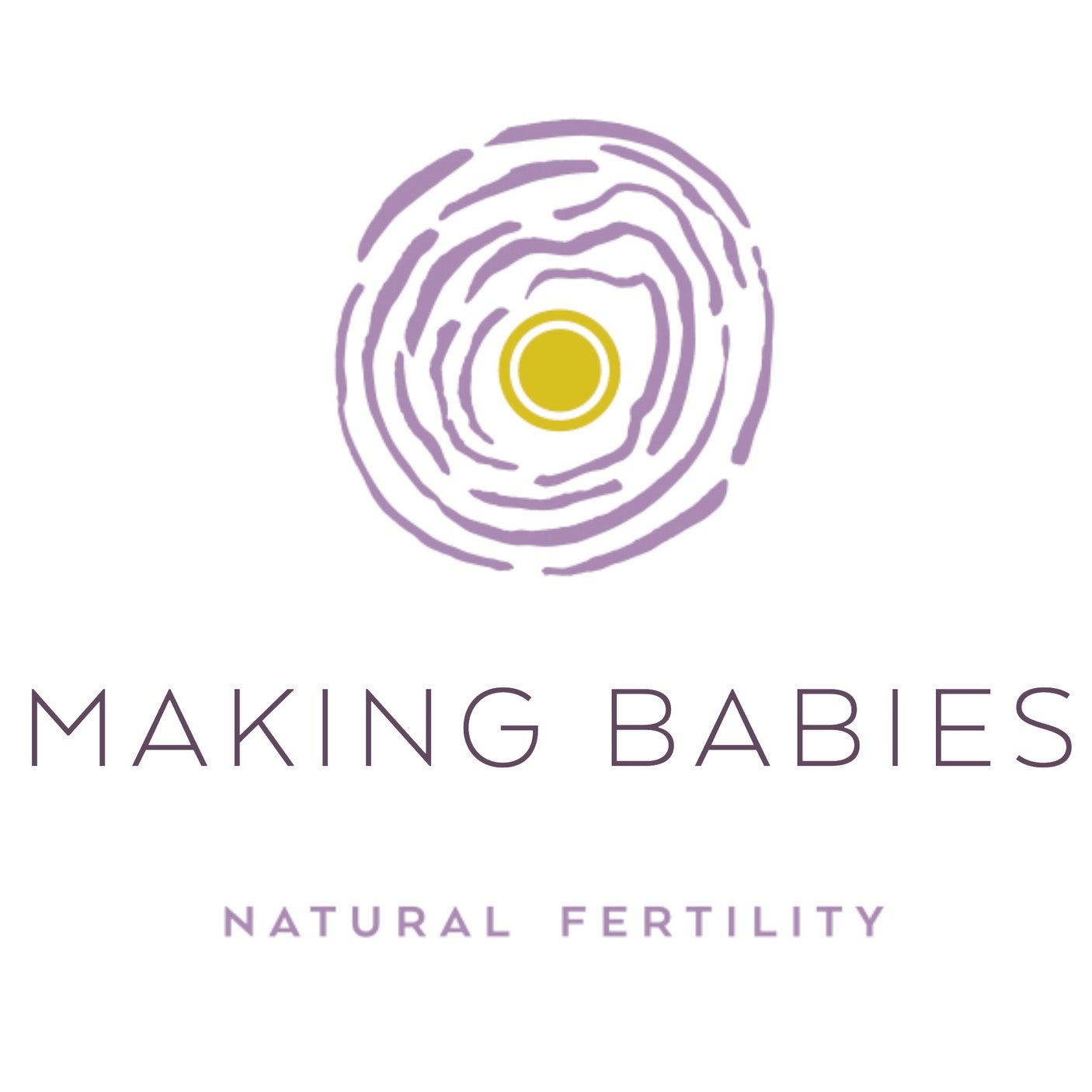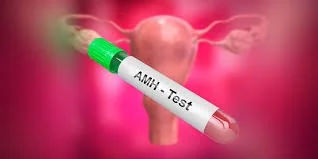Case study: AMH-Challenged Kate*
Meet Kate, 36 years
Kate and her partner had been trying for a baby for 6 months when they came to me for a fertility assessment. Most concerning for Kate was that medical testing revealed low AMH (Anti Mullerian Hormone) levels. It is not uncommon for levels to be low, in fact, they fluctuate between and during cycles. The contraceptive pill can also trigger a false low AMH reading. Kate and her partner completed the Making Healthy Babies preconception program. Cleaning up, building up, and knowing your cycle and that ovulation is regular, improves and balances all hormone levels. A conception followed four months later.
As you read on, you will realise that becoming anxious about low AMH levels was unnecessary. Getting the AMH test to inform Kate about her fertility may have led her to make choices based on a false premise.
A normal or high AMH result may give a false sense of security about delaying pregnancy, a low result may cause unwarranted anxiety about not being able to conceive. This may cause pressure to conceive earlier than desired, or create a sense of urgency and move towards fertility treatment, such as egg-freezing..
What is AMH?
Anti-Mullerian hormone or AMH is a hormone produced by the granulosa cells in your ovarian follicles. In current medical practice, the production of AMH is used to determine your ovarian reserve, or egg count of immature eggs/oocytes in your ovaries. AMH is secreted by egg sacs (follicles) that have started the maturation process, of which one becomes the dominant follicle of a woman’s cycle.
The ovarian reserve test cannot determine the quality of a woman’s eggs or her total egg count.
Importantly, AMH does not reflect the quality of eggs. Regarding egg quality, your age is the best predictor, not AMH. Completing a 3-month preconception program is the best way to improve egg quality - improving the ovarian environment by reducing oxidative stress and providing nutrients that support egg maturation.
The so-called "egg-timer" or ovarian reserve test cannot predict natural fertility and should not even be used to predict IVF success. Women anxious about their ticking clocks are being led to believe that a flawed test can predict their ability to have a baby.
“Women are requesting the AMH test to measure their “ovarian reserve” to learn how much time they have left to start a family.
Experts are concerned that women with no history of infertility are making life-changing decisions about when to start having children based on the so-called “egg timer” test. The test cannot predict whether a woman with no history of infertility can get pregnant naturally.
“In terms of predicting natural conception, the test doesn’t do that,” said Michael Chapman, fertility specialist and professor of obstetrics and gynaecology at UNSW. “It was initially promoted as a measure of a woman’s ticking clock but that created more anxiety than was necessary."
“I see very anxious young ladies who need counselling when their AMH comes back very low,” Professor Chapman said. “I tell them to go away and keep trying. If they are ovulating and making an egg a month their AMH level makes no difference.” (1)
Pregnancy can still occur even at undetectable AMH levels, especially in young women. The AMH test is therefore not a reliable measure of fertility potential. It can also give false readings for women with polycystic ovary syndrome (PCOS) or who use oral contraceptives. The American College of Obstetricians and Gynaecologists released a statement against the use of AMH in women without a diagnosis of infertility as it is not supported by the evidence. Despite this, some fertility specialists and researchers have suggested that women in their late 20s have the test at regular intervals to monitor their fertility potential. (2)
How to proceed if your AMH test returned low numbers -
Know that AMH fluctuates a lot, both during and between cycles, and is a poor predictor of natural fertility.
The Making Healthy Babies 3-month preconception program will ensure enough time for immature eggs to develop into healthy eggs.
Before any decision regarding egg-freezing is made, request other biomarkers be investigated - antral follicle count, and FSH (follicular stimulating hormone) AMH. AFC and FSH are all dynamic biomarkers and reflect your health. Know that there is no reliable test of a woman’s fertility.
Be aware of being caught up in the medical system and fertility business hype. Avoid being a victim of unnecessary anxiety and procedures.
Testing has become popular and is promoted as providing ’potential markers’ of reproductive health
Having eggs put on ice (mature oocyte preservation) is good for business. Some quotes are around $7000 and $500 for annual preservation. Some fertility and pathology services are directing women to request their GP order the $75-$100 blood test followed up by a consultation with a fertility specialist. These consultations cost anywhere from $150 to over $300 after Medicare rebates.
You can change the outcome of the tests. The Making Healthy Babies program improves follicle and egg health in both quality and number.
Follicle love –
Know your MTHFR status and homocysteine levels.
Complete the Making Healthy Babies program. Three months will give you a healthy fertility cycle and balanced hormones, and healthy eggs.
Exercise to increase blood flow
Acupuncture to increase blood flow
Choose organic foods or foods as close to nature as possible.
Consume bountiful amounts of folate -leafy greens, eggs.
Consume antioxidants for cell and DNA health- colourful fruit and vegetables.
Avoid smoking, coffee/caffeine/alcohol/sugar/low fat diets, processed foods/transfats/GMO foods
Supplements to enhance AMH, follicle health - Co Q 10, Vitamins Cand D, activated folate, cod liver oil (rich in DHA, for egg and sperm health), - melatonin, DHEA in an IVF context
Kate Aubusson, Sydney Morning Herald, January 6, 2019
2. Publication: BMJ Open. 2021; 11(7): e046927. Published: 2021

